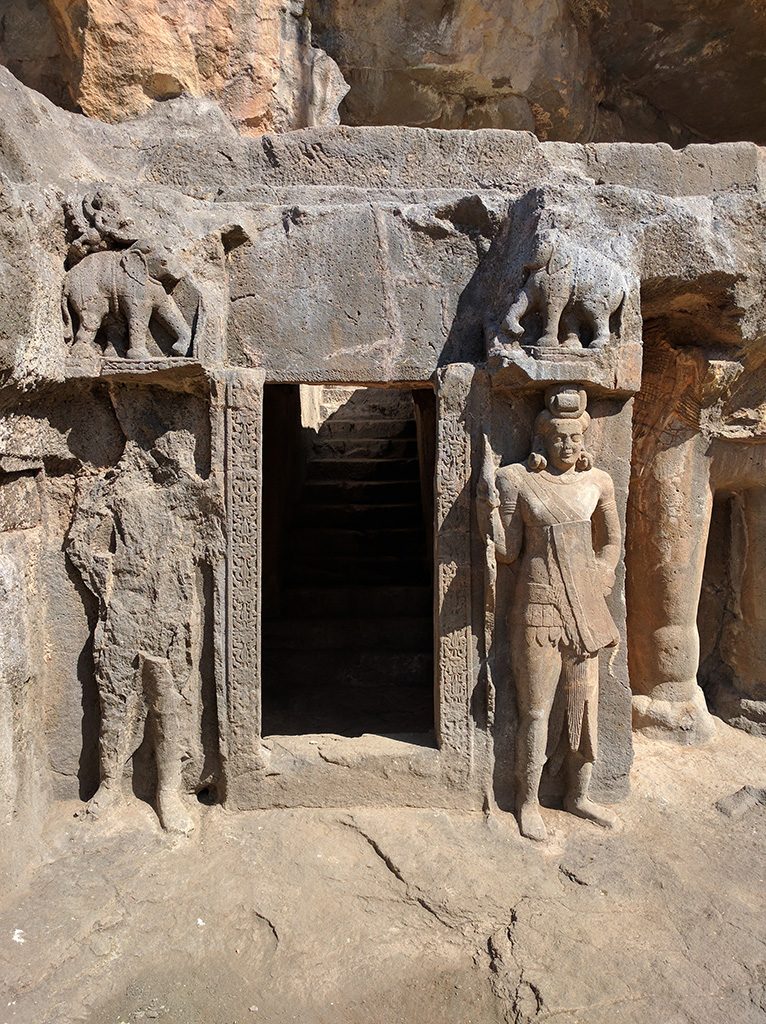When I started working in the field of cultural heritage in 2008 in Pune, I had to always explain what the field of heritage is all about, and what exactly I do. Today, the word ‘heritage’ has become a popular term, and is being used everywhere especially on social and print media.
What is heritage?
Heritage is what we inherit from our forefathers and what we are going to hand over to the next generation. Unless this heritage is protected, preserved, properly taken care of, it cannot be handed over to the next generation in the same condition in which we have received it. The way we take care of our family heritage such as property or jewelry, we also have the responsibility of managing our common heritage so that it can be enjoyed by our future generations.
The heritage around us can be divided into two broad categories, namely, cultural and natural heritage. In this article, we are going to concentrate only on cultural heritage. Not only artifacts, sculptures, historic buildings, monuments, archaeological sites, but also arts, crafts, festive celebrations, social practices, rituals, oral traditions, etc., form part of our cultural heritage.
Of course, not all the heritage is good enough to hand over to the next generation such as some traditions, belief systems which are out of the current context cannot be called as our rich heritage which ought to be passed on to the next generation. The best example of it could be the tradition of Sati.
Our ancient heritage
In India, we often hear that we are proud of our rich heritage of 5,000 years. Which heritage are we talking about? Here, people might be referring to the Indus Valley Civilization and the archaeological sites related to this civilization, or they might be referring to the Rigveda, compilation date of which is considered around 3,500 years before present. We have inherited the Indus Valley archaeological sites at Lothal and Dholavira (Gujarat), Kalibangan (Rajasthan), Rakhigarhi (Haryana), to name a few. Now it is our responsibility to take care of these sites and the archaeological material found during the excavation of these sites.
Though the Archaeological Survey of India (ASI) and the state departments of archaeology protect many monuments, we often come across artifacts, sculptures, temples found in neglected conditions. So, do these sculptures, ruins, form part of our heritage? Most of the times researchers, scholars, students of archaeology, Indology, art history are the ones who consider these remains of hero stones, pillars, sculptures, temples, monuments as important links to our past and thus a part of our heritage. But for the local residents the meaning of these remains, thus a link to their own past, is long forgotten and hence they do not value it as their heritage. Once the locals are made aware of the link between the archaeological remains and their own past, they will value these remains as their own heritage, and will take care of it.
In heritage management, it is important to under- stand the cultural value of the heritage (may it be a monument, sculpture, art or a craft). Without understanding the cultural value or cultural context in which the monument, archaeological site was created, we tend to only protect the physical features of the archaeological site, but we lose the original value or character of the archaeological site.
Managing our heritage
Heritage Management is an amalgamation of various management activities related to the heritage, which ideally should not be carried out in isolation. Most often in India, our focus has been on conservation, restoration of the monument, and basic presentation of the monument to the public. In this way, we definitely take care of the heritage structure or site which can be handed over in a good condition to the next generation. But do we really make use of the full potential of heritage for our present generation? Heritage Management involves inventorying, carrying out research, interpretation of heritage, preservation of heritage, presentation, awareness raising and marketing of heritage, carrying out the sustainable development of the surrounding areas, including making a positive social impact.
The field of archaeology, Indology or art history does not cross the line of inventorying, research and interpretation of heritage sites, hence there is a need for management of heritage.
Heritage Management also comprises the economic aspects related to cultural heritage such as fundraising, marketing, revenue generation, job creation, etc., thus making heritage sites self-sustainable as far as possible. The field of heritage management is still a relatively new field in India. As mentioned earlier, we are proud of our own heritage, we carry out restoration activities, but we are still not used to a holistic approach of managing our heritage.
The long-term planning and implementation, presentation, marketing, revenue generation, for an archaeological site can create new job opportunities. It should not only be done by the scholars or experts, but the local communities should also be involved in planning as well as implementation. Many times it is seen that some of the heritage management activities are used as ‘cut and paste’ activities from the best practices or foreign models. The way heritage related souvenirs, merchandise is sold in European countries, it is not the same for India. Important European heritage has received adequate research, interpretation, awareness raising in the last few centuries, which is currently used for marketing and revenue generation.
We need to value our own heritage, raise more awareness about it among the local residents at the national and international level, then only we will start to give importance to our own heritage. Nonetheless, Indian heritage should also be presented in a better way, the facilities available at the heritage sites should also be looked after, which is a part of the heritage management.
Indian cultural heritage is an underutilised cultural resource. If tapped efficiently, it can produce more economic benefits not only for the Government, but also for the locals. In order to create the required ecosystem to generate socio-economic benefits around the heritage, its proper management right from inventory, documentation, research, to its presentation, preservation, marketing, revenue generation, sustainable development is imperative. By implementing a holistic heritage management for the monuments and sites, not only the present generations, but future generations will also value and enjoy India’s rich cultural heritage.


 [/column]
[/column]